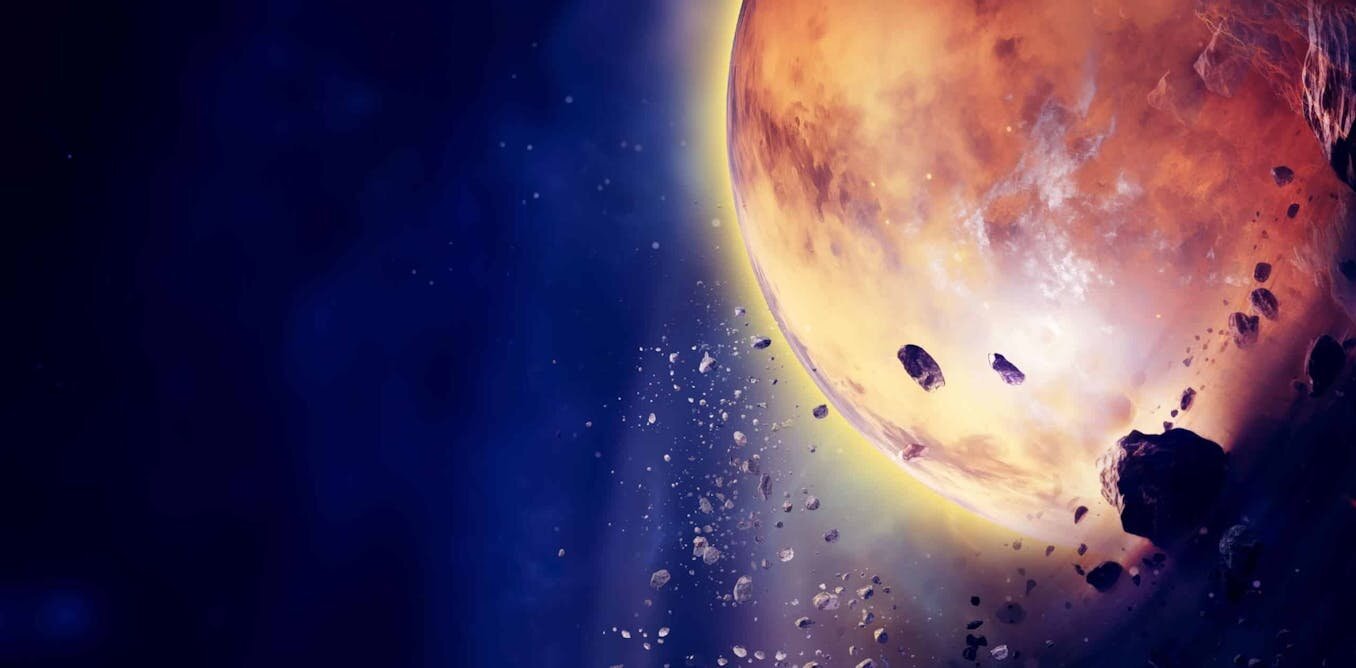Scientists have studied binary star systems that are quite close and have their own planets. In them, a special case of the three-body problem arises, which can lead to planets crashing into their own stars. Scientists have found out how often this happens.

Three-body problem
How stable are planetary systems? Will the Earth and the seven other planets of the Solar System always continue to move along their stable celestial paths? Is it possible that one of them will be thrown out of the system or crash into the Sun?
Physicists understand the rules that guide the orbits of two celestial bodies, but as soon as a third is added, the dynamics become much more complicated. Unpredictable instabilities arise, in which an object can be accidentally thrown into space or fall on its parent star. The so-called three-body problem has been bothering scientists for centuries. One of the obstacles to understanding it is that we know relatively little about how often such situations occur in space.
In a new study published in the journal Nature, a group of scientists tried to figure out a little bit about this issue. Exploring the nearest stars, they found that one in ten of their pairs could “swallow” their planet. This could happen due to fluctuations caused by the interaction of many bodies.
Exploring twin stars
The study found that at least 8 percent of the pairs of stars in the sample show chemical anomalies, indicating that one of them absorbed the material of the planet that once orbited it. It was not easy to detect this because of the weakness of these features in the spectrum. That’s why scientists focused on pairs of identical stars that were supposed to be completely identical.
This approach can eliminate confusing factors, similar to how studies of twins are sometimes used in sociological or medical research. The team of scientists collected a sample of spectroscopic data from 91 pairs of twin stars — many times larger than similar studies conducted in the past.
Astronomers have found that some stars are different from their twins, showing a clear chemical composition with a high content of certain elements such as iron, nickel and titanium compared to others such as carbon and oxygen. These differences are strong evidence that the star swallowed the planet.
Planets fall on stars quite often
If the parent star absorbs one or more members of a planetary system, this means that a certain instability must have occurred in the dynamics of the system. Modeling shows that such situations can be common at the beginning of the life of a planetary system — the first 100 million years or so. However, any traces of planets absorbed during this early period could not be detected in the stars we observe, which are billions of years old.
This indicates that the chemical anomalies that scientists observed were caused by later instabilities that caused stars to absorb some planets or planetary material.
According to phys.org
Follow us on Twitter to get the most interesting space news in time
https://twitter.comne/ust_magazine


